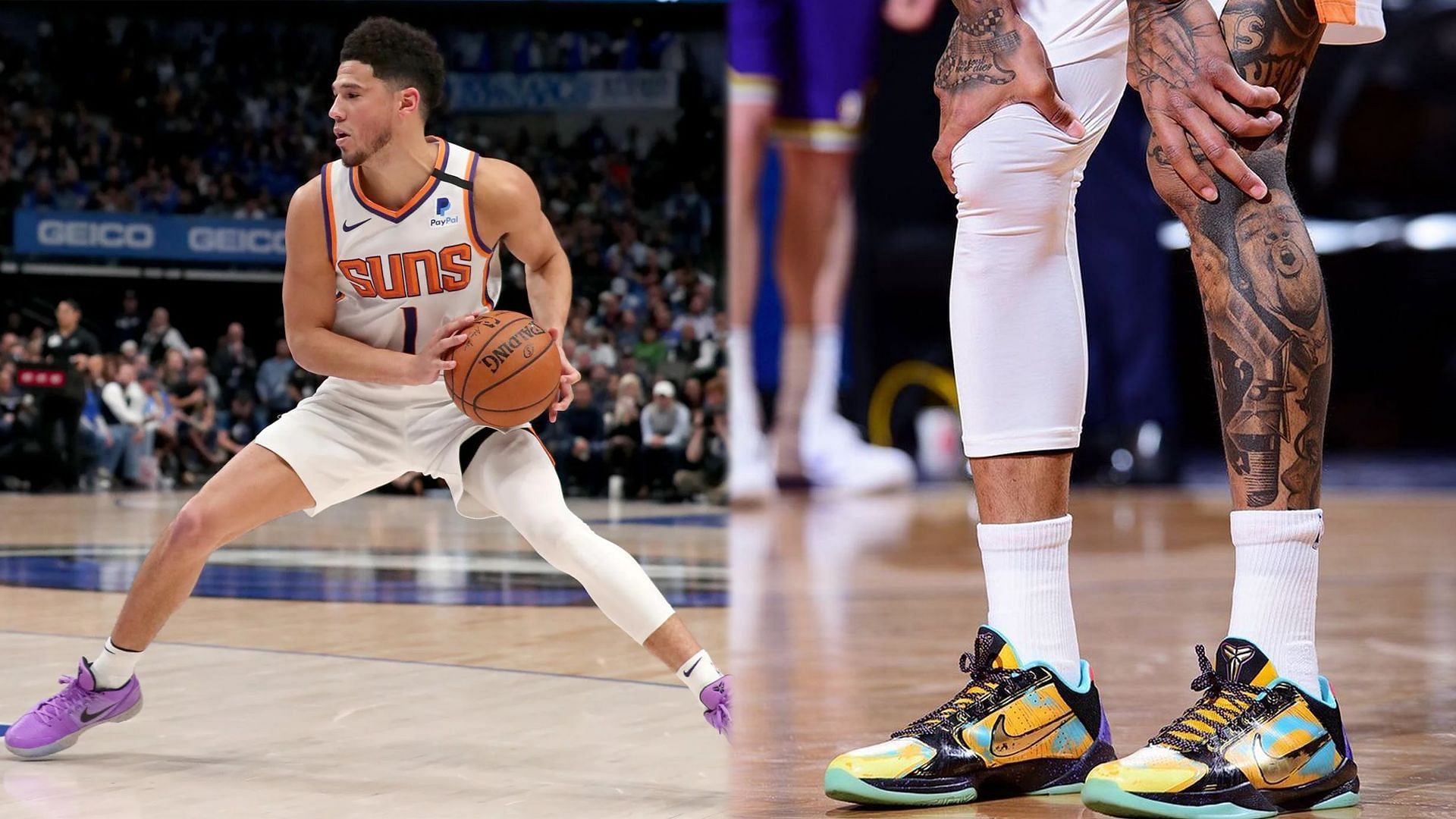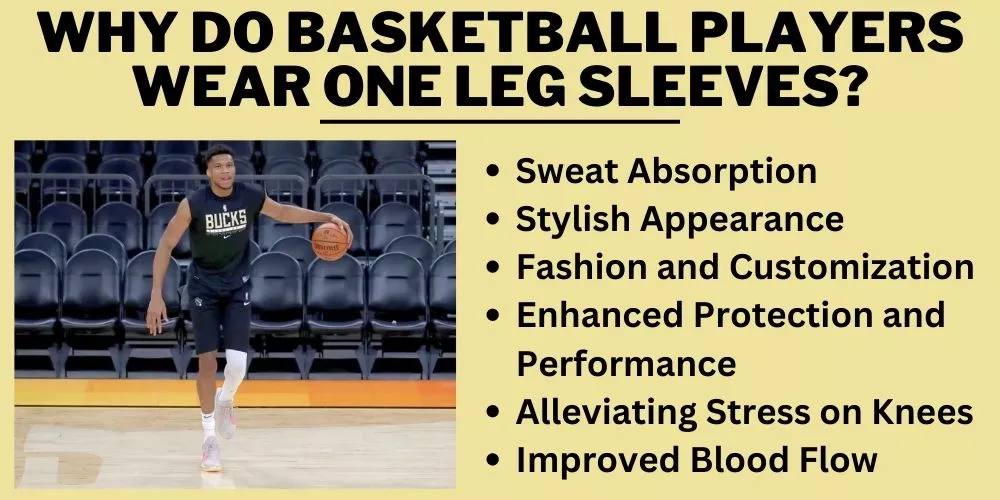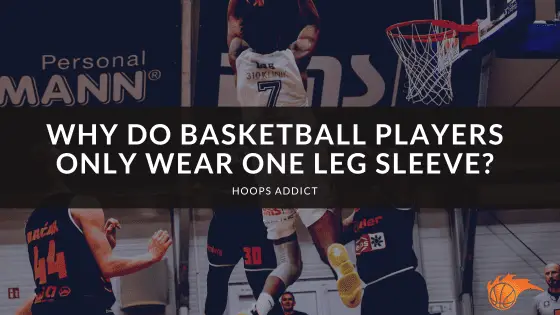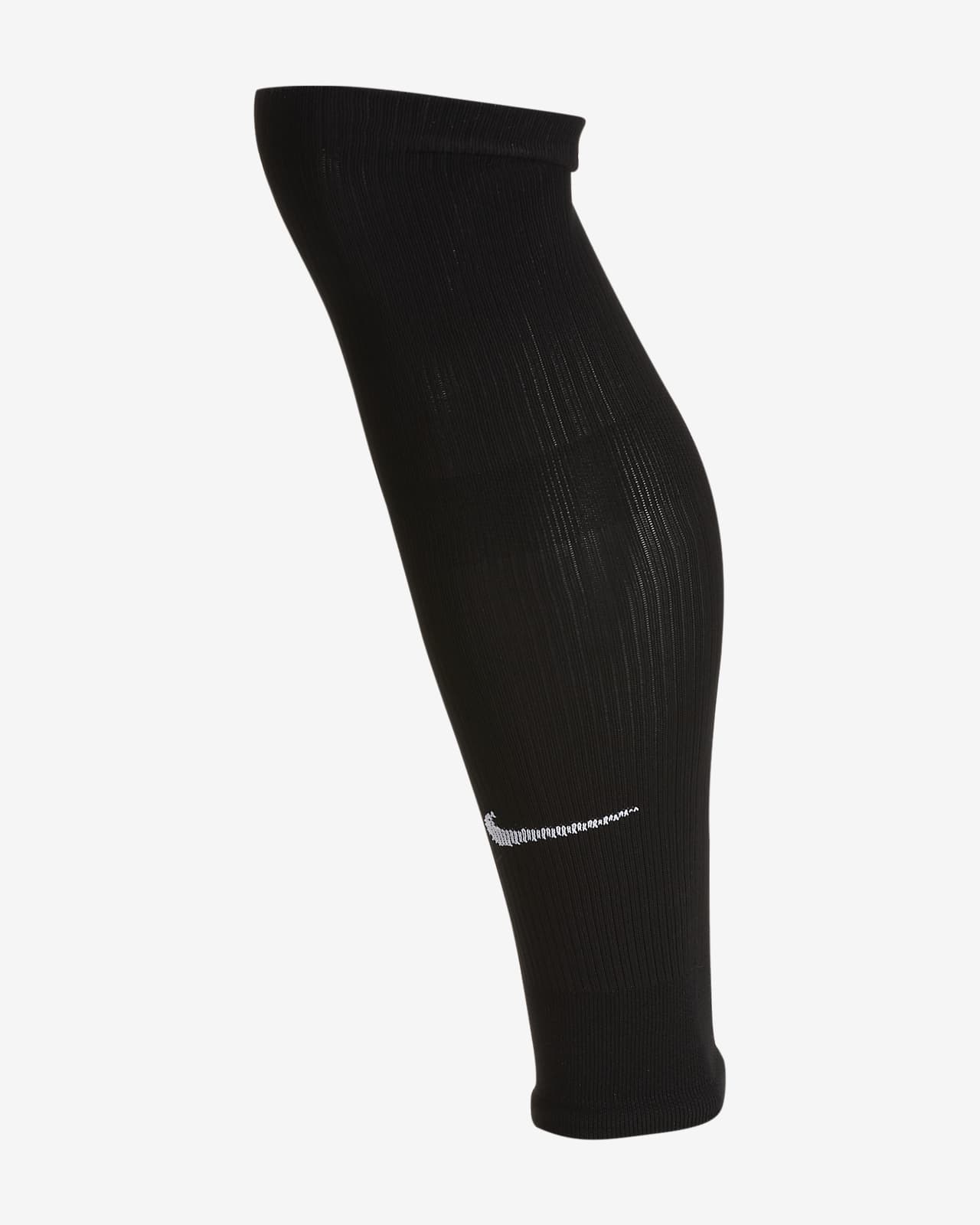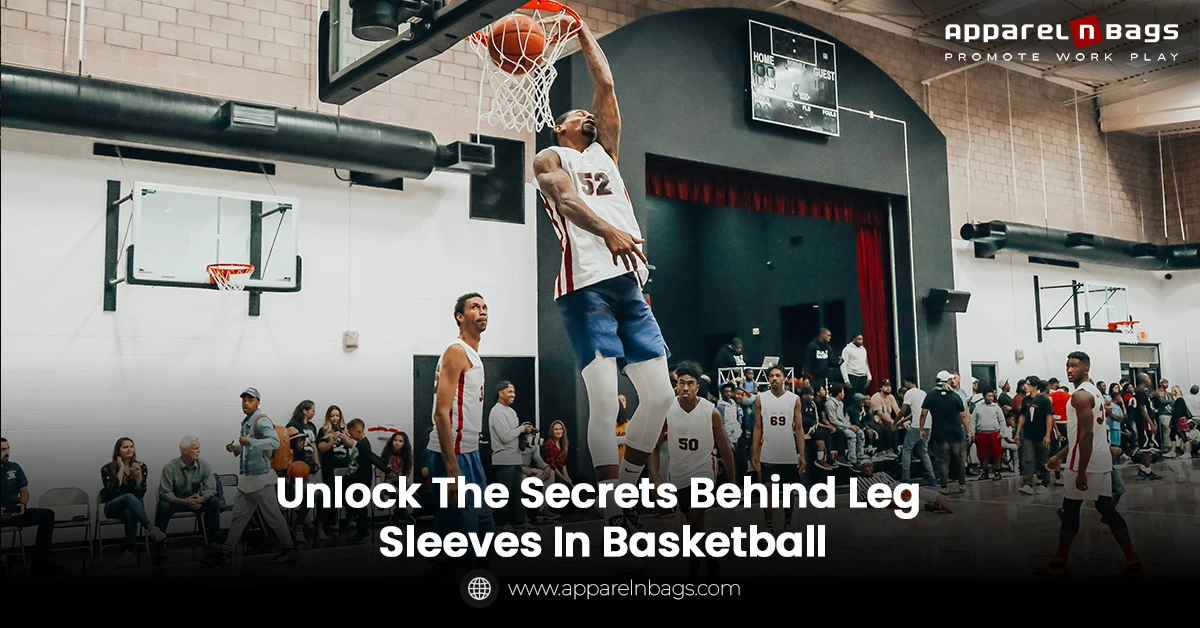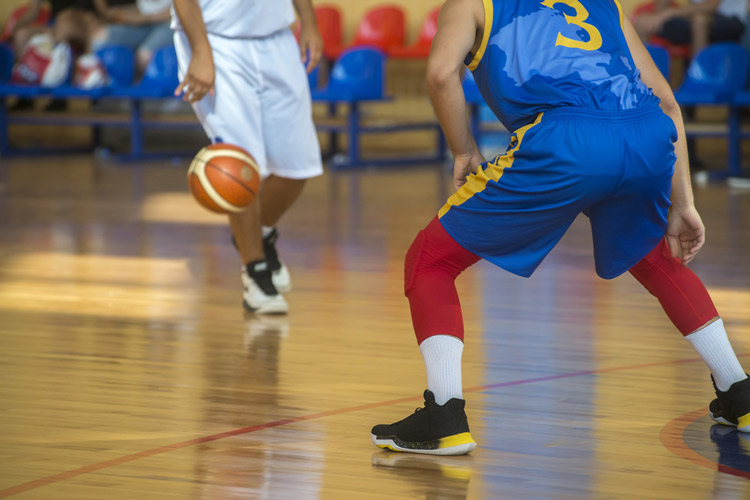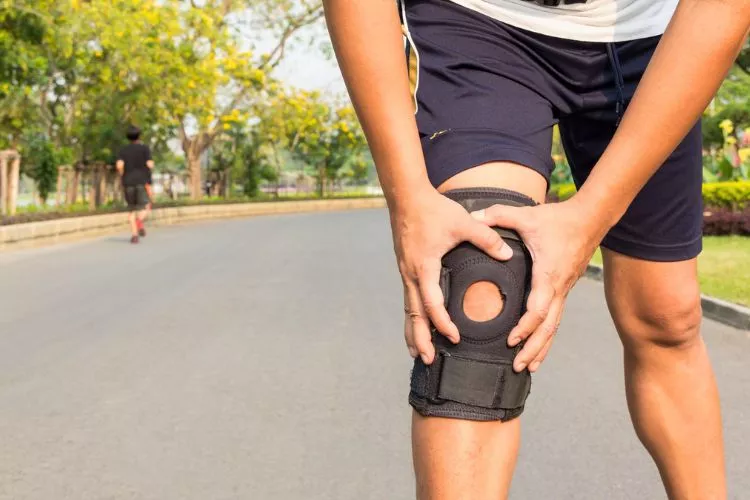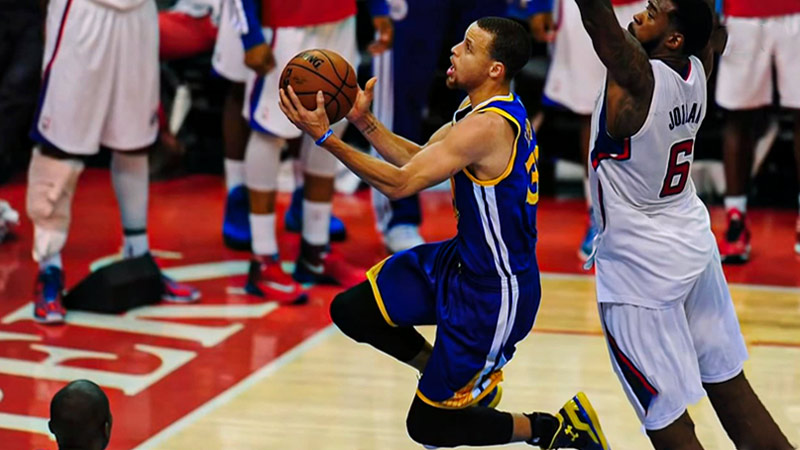Why Do Athletes Wear Leg Sleeves
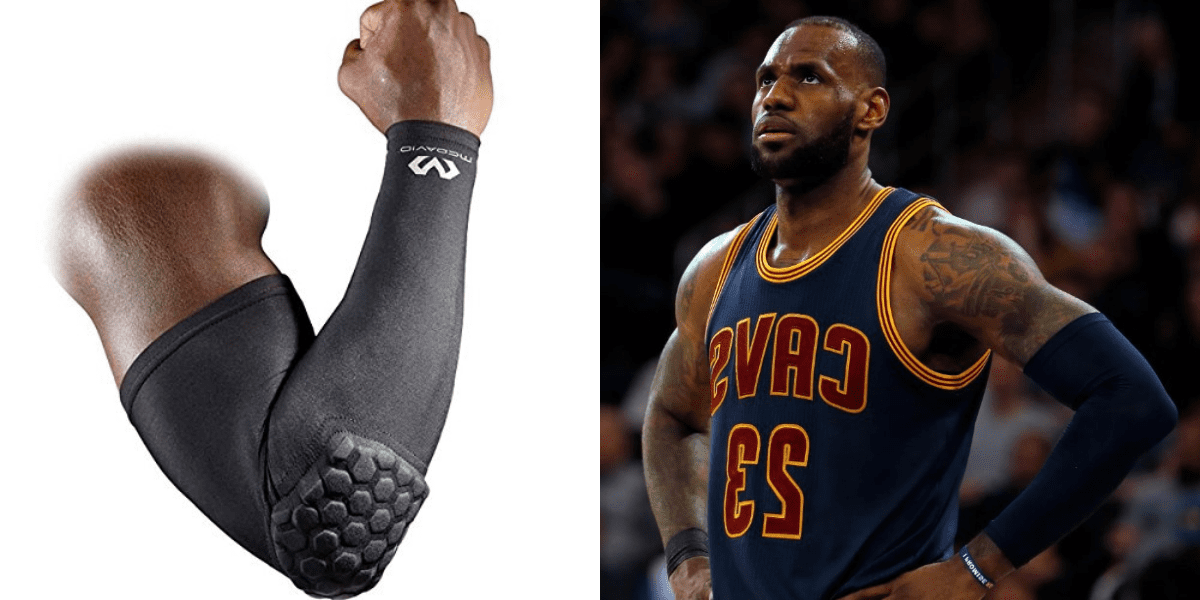
From the basketball court to the marathon track, leg sleeves have become an increasingly common sight on athletes of all levels. These seemingly simple accessories raise a fundamental question: what benefits do they offer that make them so popular among diverse athletic disciplines?
Beyond a mere fashion statement, leg sleeves, often compression sleeves, are worn by athletes for a variety of reasons. Understanding their purpose requires an examination of the science behind compression technology, the perceived and proven benefits, and the role individual preference plays in their adoption.
The Science of Compression
Leg sleeves, particularly compression sleeves, are designed to apply graduated pressure to the leg. This means the pressure is generally tighter at the ankle and gradually decreases towards the knee.
This graduated compression is intended to improve blood circulation, pushing blood back towards the heart more efficiently. This increased blood flow can lead to several potential benefits for athletes.
Improved Circulation and Oxygen Delivery
The primary benefit attributed to compression sleeves is improved blood flow. Enhanced circulation means more oxygen is delivered to the muscles, potentially delaying fatigue and improving performance during exercise.
A 2016 study published in the Journal of Strength and Conditioning Research found that compression sleeves improved running economy in trained distance runners, supporting the claim of enhanced oxygen delivery.
Muscle Stabilization and Reduced Vibration
Compression sleeves can also provide support to the muscles of the lower leg, reducing muscle vibration during high-impact activities like running and jumping. This stabilization can potentially minimize muscle damage and soreness.
According to a review published in the British Journal of Sports Medicine, compression garments can reduce delayed onset muscle soreness (DOMS) after intense exercise.
Warmth and Injury Prevention
Leg sleeves can also help keep muscles warm, which can improve flexibility and reduce the risk of injury. The consistent warmth they provide can be particularly beneficial in cooler conditions or during warm-up periods.
The Perceived and Proven Benefits: Separating Fact from Fiction
While many athletes swear by the benefits of leg sleeves, it's important to distinguish between perceived benefits and those supported by scientific evidence. The effectiveness of leg sleeves can vary depending on the individual, the activity, and the quality of the sleeve.
Some athletes report feeling more supported and confident when wearing leg sleeves, which can translate to improved performance. This placebo effect should not be discounted, as mental fortitude is a key component of athletic success.
Potential Drawbacks
It's crucial to acknowledge that leg sleeves are not a guaranteed performance enhancer. Some studies have shown minimal or no significant benefits, particularly in short-duration, high-intensity activities.
If worn too tightly, compression sleeves can restrict blood flow, negating any potential benefits and potentially causing discomfort or even harm. It is important to choose the correct size and ensure proper fit.
Individual Preference and Psychological Factors
Ultimately, the decision to wear leg sleeves is often a matter of personal preference. Many athletes find them comfortable and supportive, and this can positively impact their performance.
The feeling of added support and warmth can contribute to an athlete's confidence, allowing them to perform at their best. For some, it's about maintaining a routine or ritual that helps them mentally prepare for competition.
LeBron James, for instance, is known for wearing leg sleeves, and his influence likely contributes to their popularity among basketball players. Other high-profile athletes have also embraced leg sleeves, further normalizing their use across various sports.
Choosing the Right Leg Sleeve
Selecting the right leg sleeve is crucial to experiencing any potential benefits and avoiding negative consequences. Consider the following factors:
Compression Level: Different sleeves offer varying levels of compression. Experiment to find what feels most comfortable and supportive for your activity.
Material: Breathable materials like nylon and spandex are ideal for wicking away sweat and preventing overheating.
Fit: Ensure the sleeve fits snugly but not too tightly. It should not restrict movement or cause discomfort.
Conclusion
Leg sleeves have become a prevalent fixture in the athletic world for a combination of physiological and psychological reasons. While scientific evidence supporting their effectiveness is mixed, many athletes report positive experiences.
Whether the benefits are primarily physical or psychological, the widespread adoption of leg sleeves highlights the importance of individual preference and the power of perceived support in achieving athletic goals. Ultimately, athletes should experiment and determine what works best for their bodies and their performance.
